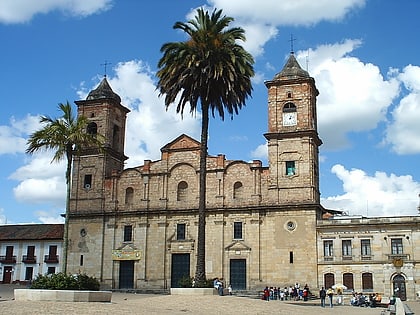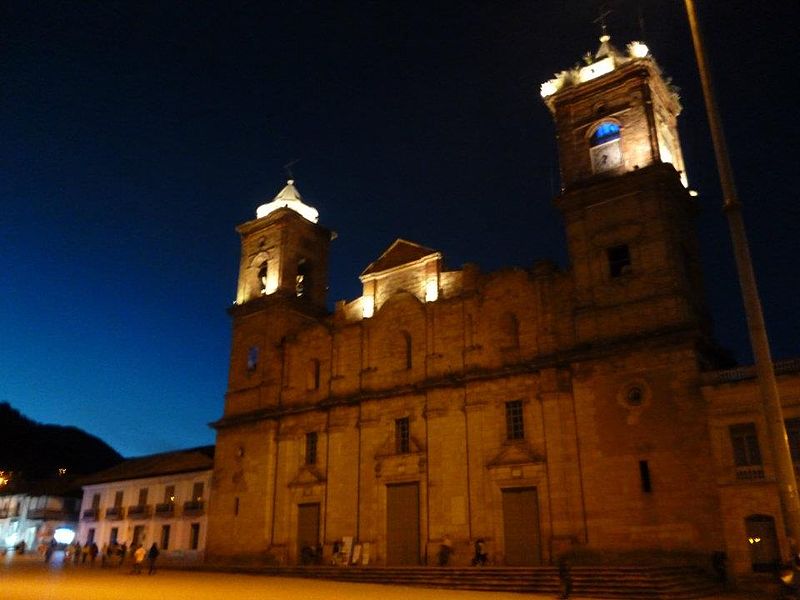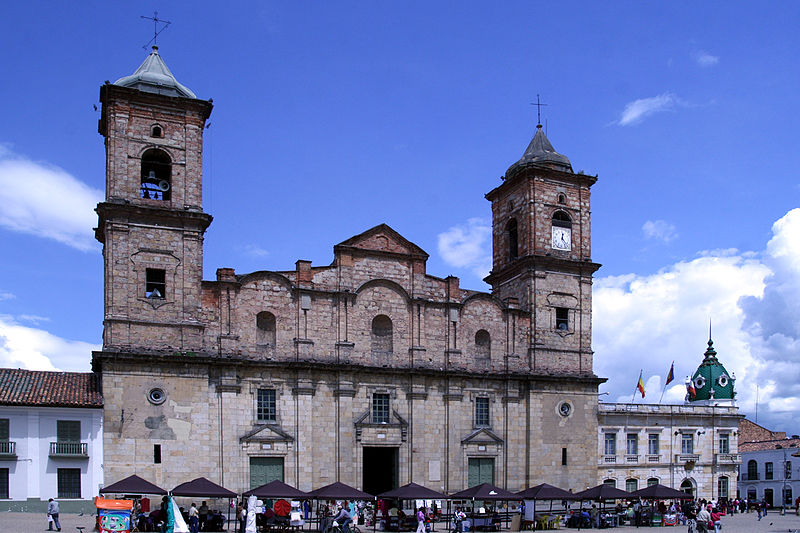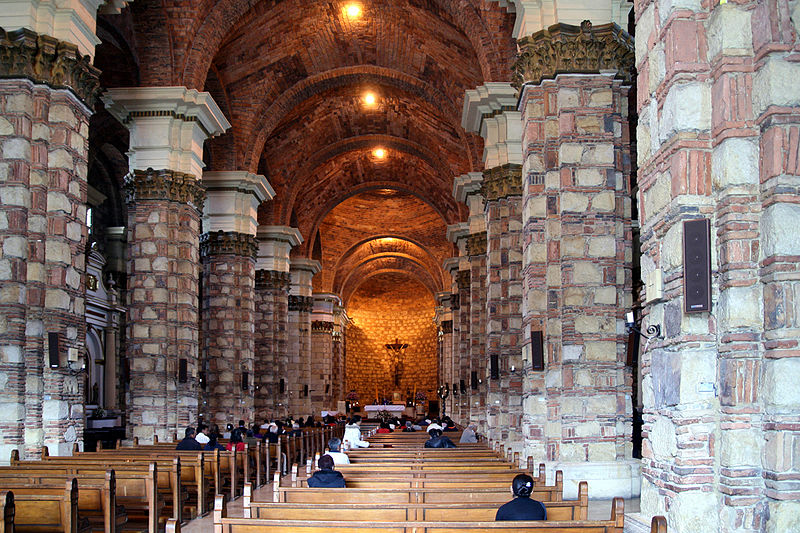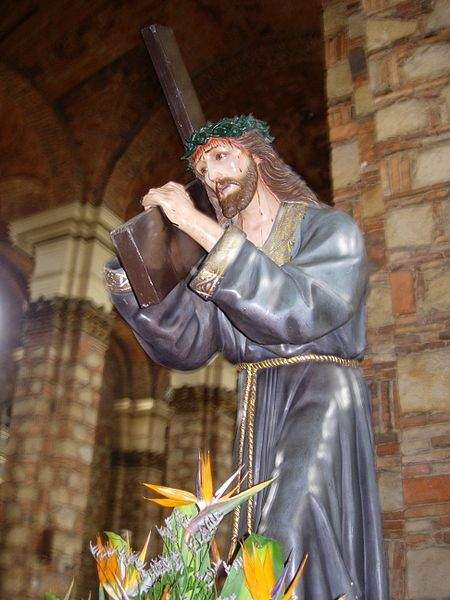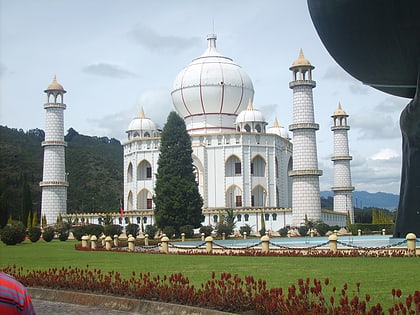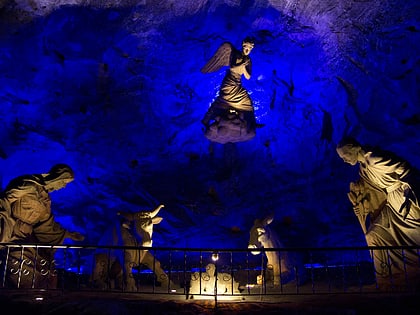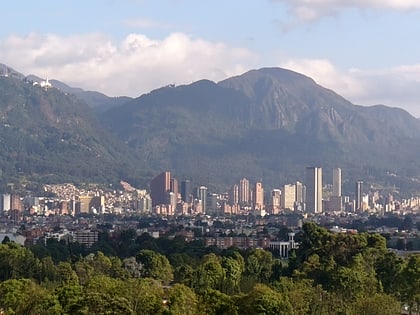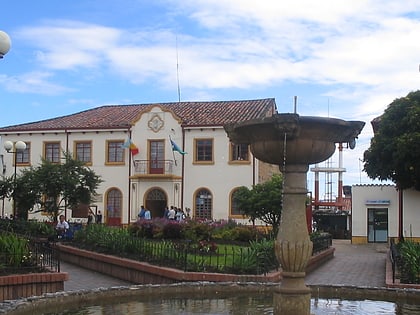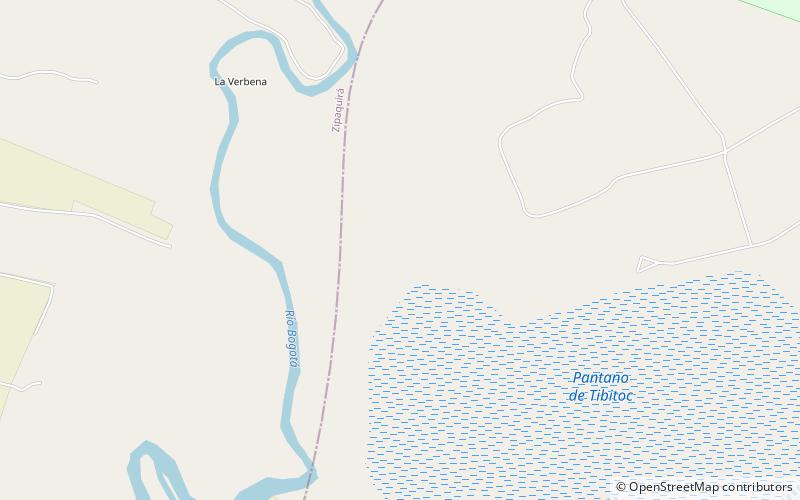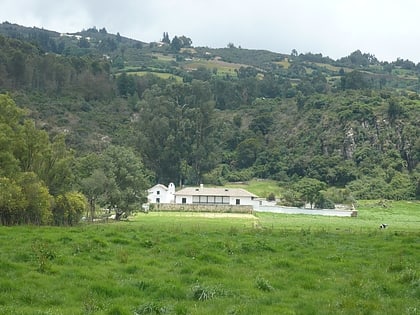Cathedral of the Most Holy Trinity, Zipaquirá
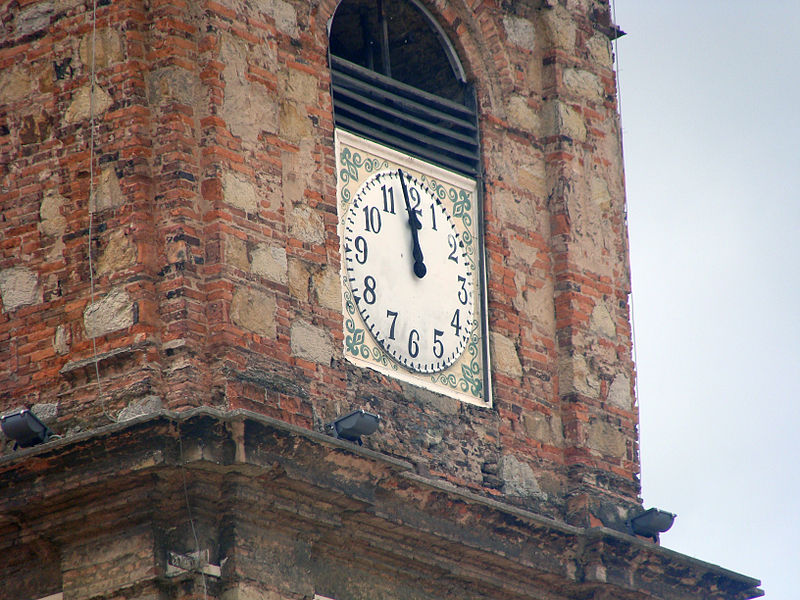
Facts and practical information
The Cathedral of the Most Holy Trinity, nestled in the heart of Zipaquirá, Colombia, is a testament to the enduring spirit of faith and human ingenuity. Unlike traditional churches, this remarkable cathedral is carved directly into the salt deposits of a mine, standing as a monumental piece of architecture and religious significance.
This subterranean marvel, often referred to simply as the Salt Cathedral, lies 200 meters underground and was consecrated in 1995. It represents a unique blend of Colombia's mining history and its deep-rooted Catholic traditions. The cathedral is part of a larger complex that includes the Stations of the Cross and three naves that symbolize the birth, life, and death of Jesus Christ.
Visitors to the Cathedral of the Most Holy Trinity are greeted by an awe-inspiring sight. The cavernous interiors are illuminated by strategic lighting that accentuates the natural textures and contours of the salt walls, creating an atmosphere of reverence and tranquility. The main altar, with its towering cross, is a focal point that draws in the faithful and tourists alike.
The cathedral is not only a place of worship but also a cultural and tourist attraction, drawing thousands of visitors each year who come to marvel at its unique construction and the religious art it houses. Despite the challenges of maintaining a structure within a salt mine, the cathedral stands as a symbol of the resilience and creativity of the Colombian people.
Open to the public year-round, the Cathedral of the Most Holy Trinity offers guided tours that provide insight into its construction and significance. The journey through the tunnels to reach the cathedral itself is an experience that leaves a lasting impression on all who walk its hallowed halls.
Zipaquirá
Cathedral of the Most Holy Trinity – popular in the area (distance from the attraction)
Nearby attractions include: Jaime Duque Park, Salt Cathedral of Zipaquirá, Eastern Hills, Cogua.
